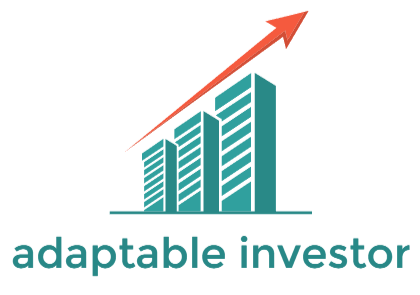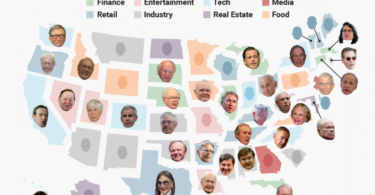This story was originally published here.
There are two new all-time highs on the S&P 500 today: Clorox (NYSE: CLX) and Dollar General (NYSE: DG).
Clorox has a P/E of 27.50 and a forward dividend of 2.41%.
And, truth be told, it's had a nice 10-year run:

Clorox has averaged 14.23% annually over the last 10 years; that’s better than Kimberly-Clark, Procter & Gamble, and the S&P 500. In 2008, during the start of the last recession, CLX was down slightly, but it climbed 40% in 2009.
I’d buy it. It’s a basic consumer staple with solid margins (13%) and marginal growth (1.60% quarterly earnings growth).
However, the chart just broke out, and it could join coronavirus stocks like Teladoc Health (NYSE: TDOC), which has doubled over the past few months. In any case, it is unlikely to go down during the current panic, so risk is low.
Looking forward, let's assume the coronavirus goes away (either fading in the warm weather or someone engineers a vaccine); the question is: “What do you buy for that eventuality?”
Many people are buying companies like ExxonMobil (NYSE: XOM), which is at 30-year lows and pays a 7% dividend, or Royal Caribbean (NYSE: RCL), which just got monkey-hammered over the last few weeks and now pays a 4.74% dividend. Some cruise ships and airliners will benefit from low fuel prices, though you need to determine which ones have used hedges to lock in prices at $60 a barrel.
Here's the hedge chart from Bloomberg:

Some companies are still paying over $70 for fuel because they locked it in months ago. If you want to make a bold bet, one company that does not hedge fuel prices is American Airlines (NASDAQ: AAL). Its share price dropped from $28 to $15 over the last month, and it will benefit from low oil prices — though it's hard to say if the current tourism disaster is fully priced in.
It is a solid “buy the fear” buy, though I’d say it's still too early; I like to see a bottom pattern before I catch a falling knife. I've been impaled more than once before.
Another idea when building your list of what to buy next is to look at stocks that did well during the last recession. There is a good chance we will get one by the third quarter.
Here Are Stocks That Went up During the Last Recession
Dollar General has gone from $23 in 2010 to $166 today. That’s a 621% 10-year return. It has a forward dividend of 0.81% and a P/E ratio of 26. Its quarterly earnings growth is 9.40%, and it tends to do well during recessions.
Another stock that performs well in recessions is Walmart (NYSE: WMT), which jumped 20% in 2008. People switch from extravagance to thrifty pretty quick when the economy gets real.
Anheuser-Busch InBev (NYSE: BUD) returned 39.4% in 2008. Dom Pérignon gets replaced by Busch beer when you get fired and lose your house. BUD has a P/E ratio of 11.04, a PEG ratio of 0.87 (which is good), and pays a 3.61% dividend. BUD has 30% margins through growth and has been terrible lately, with sales falling 6.40% last quarter.
H&R Block (NYSE: HRB) returned 25.8% in 2008. Death and taxes are the only things you can truly count on. The company has a P/E of 12.2 and pays a dividend of 3.18%. The stock has gone nowhere in 10 years, so perhaps TurboTax — owned by Intuit (NASDAQ: INTU) — has replaced it.
INTU has a P/E of 43 and a dividend yield of 0.80%. INTU was down in 2008 but has gone from $35 a share to $266 since then.
In the same vein as Dollar General, Dollar Tree (NASDAQ: DLTR) went up 60.8% in 2008. The Tree pays no dividend and has a P/E of 24.82. Margins are 3.5% and revenue growth is 1.8%.
But even better is this…
The Best 5G Stock You’ve Never Heard Of
I’ve uncovered what could be the most promising stock in the 5G market.
It’s a single play that will let you earn money from every single company in the 5G sector.
But get this, I’m guessing that only one in 36,000 people even know this company exists.
This is your chance. This company is poised to go vertical. They’ve already inked contracts with some of the biggest, most successful media companies.
Huge corporations — T-Mobile, Cox, Sprint, and dozens more — are all ready to cough up billions of dollars for just a piece of the tech this small company has to offer.
But here’s the kicker:
This company is still trading for less than $10 a share.
If you’ve got a ten in your pocket (or, better yet, $20!) you can get your foot in the door with this unbelievable profit opportunity.
I’ve compiled all of my research on this firm, data, statistics, the ticker symbol, and even my target buy and sell prices.





